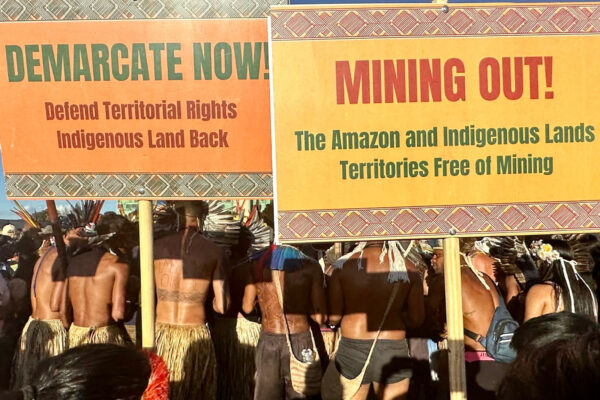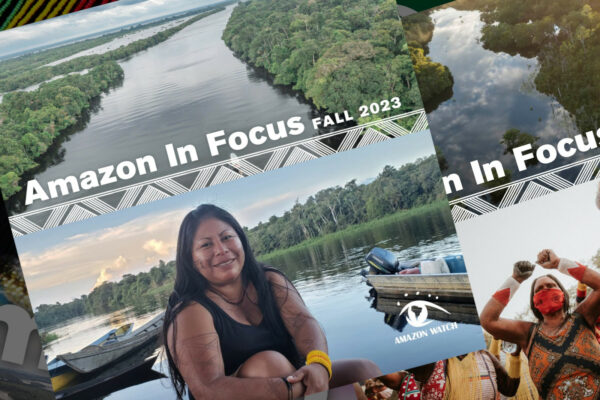Striking a balance between economic drive and environmental protection is the challenge nations are pondering this week in Brazil at an event marking the 20th anniversary of the U.N.-backed Earth Summit.
Brazil faces that issue in its own backyard – the Amazon. Deforestation has received plenty of attention in recent years, but lesser known is the plan to build 60 dams there – including the $11 billion Belo Monte project.
Expected to be producing electricity by 2015, Belo Monte will be the world’s third largest dam. And if the name sounds familiar, it’s because Sting and other celebrities helped block the dam in 1989.
But the project is back and, for Brazil’s government, Belo Monte means thousands of local jobs and enough clean energy to power 27 million homes – not to mention goodwill among those potential voters.
For some 20,000 people living near the site, Belo Monte means an altered way of life. Damming the Xingu River, some 2,000 miles north of “Earth Summit II” in Rio de Janeiro, will create a reservoir that floods existing homes and rainforest as well as reduce a 90-mile stretch downriver to “a tiny fraction” of its normal flow, says Philip Fearnside, a researcher at Brazil’s National Institute for Research in Amazonia.
Flooded residents will be relocated and given some compensation, Fearnside notes, but those living along the 90-mile “dry stretch,” including members of two tribes, were left out of those talks. For them, as well as local farmers and fishermen, a river that provided food, water and a highway will be gone.
On Friday, several hundred protesters occupied part of the site, timing it just ahead of the Rio summit, and even dug a channel through an earthen dam built for the project in a symbolic bid to “free the Xingu.”
Amazon Watch, a U.S.-based activist group that helped organize the protest, is planning a second march in Rio on Tuesday.
Fearnside is among those who don’t buy the government argument. Most of any new electricity capacity will go to make exports, not power homes, he told msnbc.com.
“Only 27 percent of Brazil’s electicity is for residential use. Most is for industries, including electro-intensive export commodities such as aluminum,” he said. “Just the electricity exported in aluminum represents more than the production of Belo Monte.”
“Brazil has many other alternatives,” he added, starting with more of an effort to conserve energy.
Fearnside says a stretch of the Xingxu below the reservoir will be reduced to a “tiny fraction” of its current flow. He also suspects five smaller support dams will follow – with unknown impacts on indigenous lands and the rainforest.
The reservoir itself will mean flooding a quarter of Altamira, a city of 130,000, as well as farms and rainforest, Fearnside noted.
A biologist at the government institute since 1978, Fearnside recently documented his concerns in an article for the Global Water Forum, writing that “the Brazilian government has launched an unprecedented drive to dam the Amazon’s tributaries, and Belo Monte is the spearhead for its efforts.”
After listing a history of weakened environmental protection, Fearnside wasn’t optimistic for a balanced review of the pros and cons of dozens of dams in the Amazon.
“The stage appears set for breaking down Brazil’s environmental licensing system even further,” he concluded, “opening the way for the many other controversial dams.”













